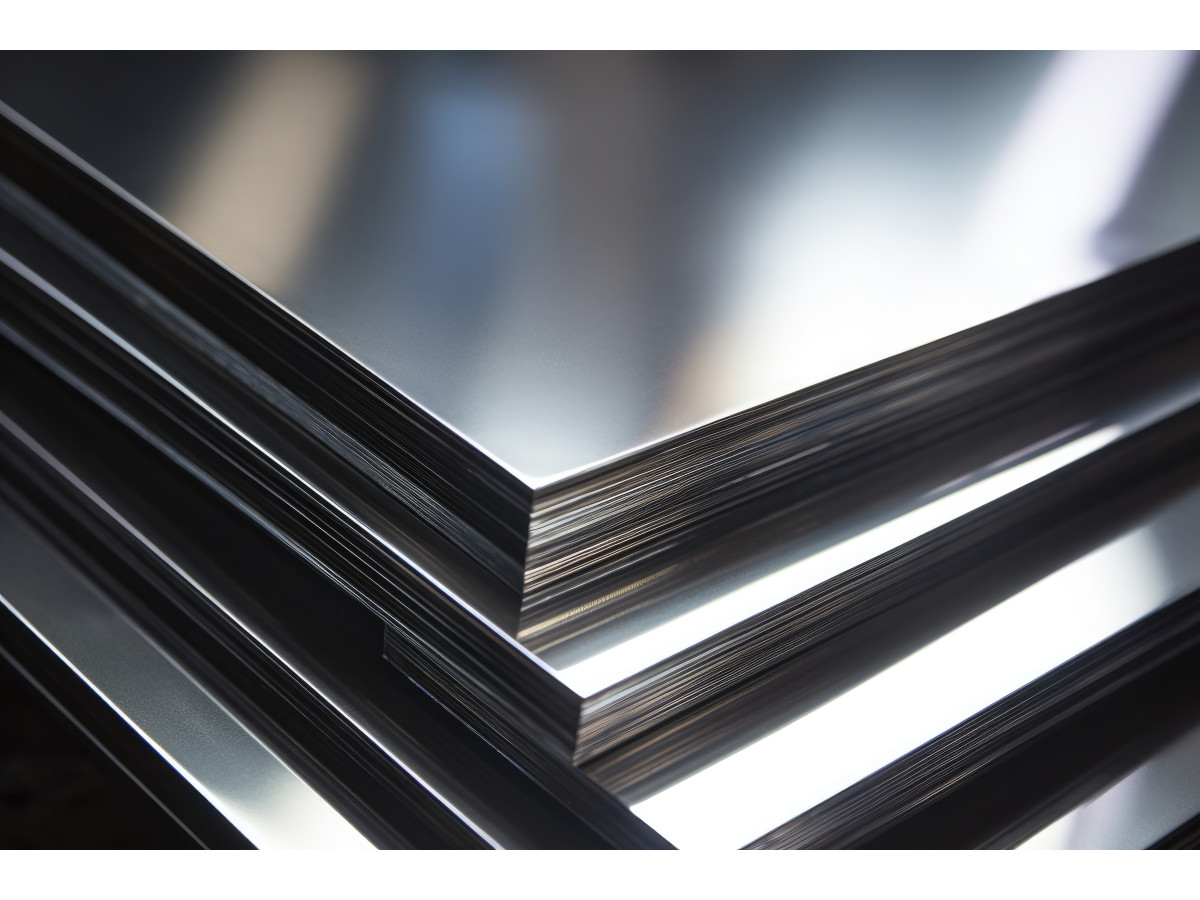Stainless steel sheet is one of the most in-demand materials in modern industry and construction. However, even experienced specialists sometimes make mistakes when working with this material, leading to reduced quality of finished products and additional costs. In this article, we will discuss the most common mistakes and ways to prevent them, so your work with stainless steel sheets is as efficient as possible.
Most Common Mistakes When Working with the Material
The first priority is the correct choice of steel grade. Often, specialists neglect detailed study of the material's technical characteristics, relying on general notions about stainless steel. This can lead to premature wear or corrosion of the finished product. Each grade of stainless steel has its own characteristics and is intended for specific operating conditions. For example, special grades of steel with increased resistance to acids and alkalis should be used for food equipment.
Particular attention should be paid to the storage and transportation of stainless steel sheets. A common mistake is storing the material in unsuitable conditions—under high humidity or in contact with regular carbon steel. This can lead to corrosion even before processing begins. Stainless steel sheets should be stored in a dry place, preferably in a horizontal position on special shelves with protective padding between the sheets.
Mistakes During Material Processing
The main mistakes when processing stainless steel sheets include:
- Using inappropriate cutting tools can lead to burrs, deformation, and reduced corrosion resistance.
- Working without gloves, goggles, and other protective gear can cause injuries and contamination of the material.
- Using incompatible welding materials leads to the formation of pores, cracks, and reduced joint strength.
- Contaminants on the surface can cause defects in welds and reduced adhesion of coatings.
- Incorrect equipment settings for cutting and welding lead to uneven edges, burn-throughs, and other defects.
- Violating temperature regimes during processing can cause changes in the metal's structure and reduce its properties.
- Using contaminated abrasive tools leads to scratches and reduced surface quality.
- Incorrect polishing can result in scratches, stains, and dullness of the surface.
- Lack of finishing treatment after welding can lead to corrosion and reduced aesthetic qualities of the product.
- Improper cooling after heat treatment can cause internal stresses and deformation of the material.
When processing stainless steel sheets, one should remember the specifics of the material. A common mistake is using tools that were previously used on regular steel. This can lead to surface contamination of stainless steel with iron particles and subsequent rust formation. Separate tools designed specifically for stainless steel should be used for each type of work.
What Do Specialists Recommend?
Recommendations for proper work with stainless steel sheets:
- Choose the grade of stainless steel based on the specific operating conditions of the product (temperature, aggressive environment, loads).
- Use only specialized tools for cutting, grinding, and other operations with stainless steel to avoid surface damage and loss of corrosion resistance.
- Store stainless steel sheets in a dry place, protected from dust and mechanical damage.
- Before starting work, thoroughly clean the surface of the sheet from contaminants, oxides, and other substances that may negatively affect the quality of welds and coatings.
- Strictly adhere to the technological processes of welding and cutting stainless steel, using appropriate modes and filler materials.
- Monitor the temperature regime during all types of processing of stainless steel to avoid overheating and crack formation.
- Use only certified welding materials compatible with the chosen grade of stainless steel.
- Perform high-quality finishing treatment of the surface to improve appearance and protect against corrosion.
- Use personal protective equipment (gloves, goggles, respirators) to prevent injuries and occupational diseases.
- Regularly check the condition of tools and promptly replace worn elements.
Special attention should be paid to the process of welding stainless steel sheets. An unprofessional approach to welding work can lead to a loss of corrosion resistance in the welded joint area. It is important to properly select welding materials and welding modes, as well as to provide reliable protection of the weld pool from oxidation. After welding, it is necessary to perform quality mechanical processing of the weld and adjacent areas.

